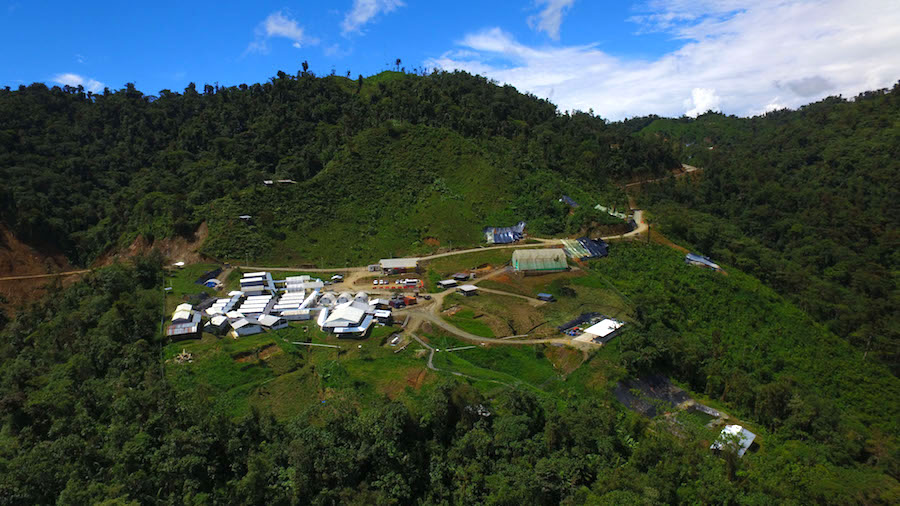SolGold secures $10 million loan for Cascabel

Ecuador-focused SolGold (LON: SOLG) said on Tuesday it had secure a $10 million loan facility for its flagship Cascabel copper-gold project in the country’s north, adding it is in talks with capital providers that have shown strong interest.
The company said the loan provides an immediate cash infusion to support ongoing operations and gives it flexibility to finalize the more comprehensive financing arrangement.
“The strong interest from potential financiers not only validates the project’s exceptional prospects but also strengthens our capability to achieve planned milestones,” said chief financial officer Chris Stackhouse said in the statement.
Investors have been skeptical of SolGold management’s ability to deliver the project to its potential. Its share price has halved over the past year, while the firm has had to cut spending to stay afloat, prompting a strategic review of its assets. At some point, SolGold even considered selling Cascabel.
The junior reached an agreement in April with the Ecuadorian government covering “certain financial terms and conditions”, along with a 33-year renewable permit to develop a copper, gold and silver mine at its Cascabel concession.
The announcement cleared up doubts about the project’s future, but the company did not include any specifics related to the terms and conditions of the deal in the announcement.
SolGold released in February a new pre-feasibility study (PFS) for Cascabel in which it managed to slash upfront costs. Pre-production capital used for initial mine development, first process plant module and infrastructure is now estimated at $1.55 billion, compared to $2.75 billion from the PFS issued in April 2022.
According to SolGold, the size of the entire resource indicates the mine’s potential to be a multi-generational asset, potentially one of the 20 largest copper-gold mines in South America. Mine construction is set to start in 2025.
It’s estimated that the global copper industry needs to spend more than $100 billion to build mines able to close what could be an annual supply deficit of 4.7 million tonnes by 2030.
{{ commodity.name }}
{{ post.title }}
{{ post.date }}




Comments